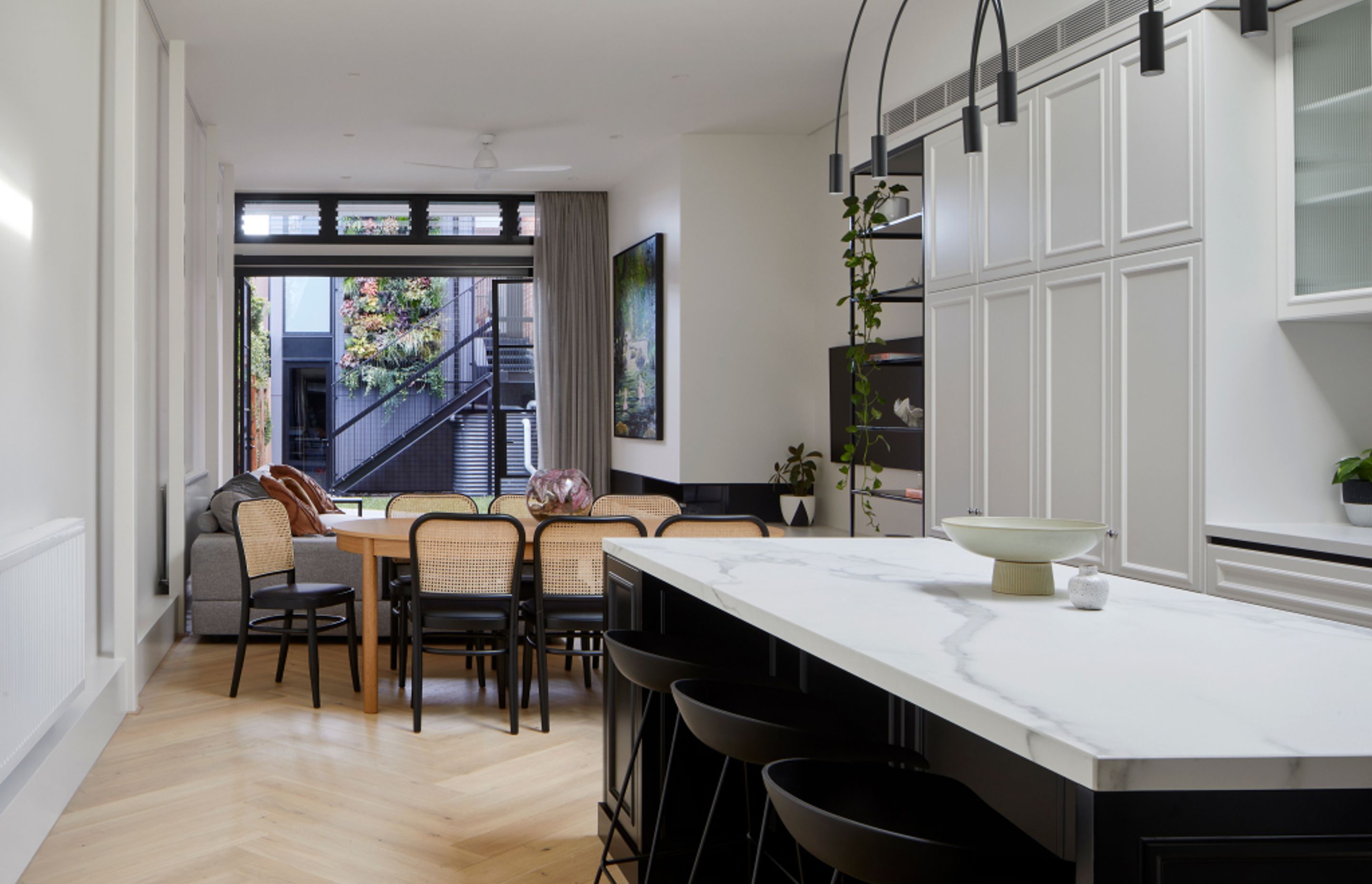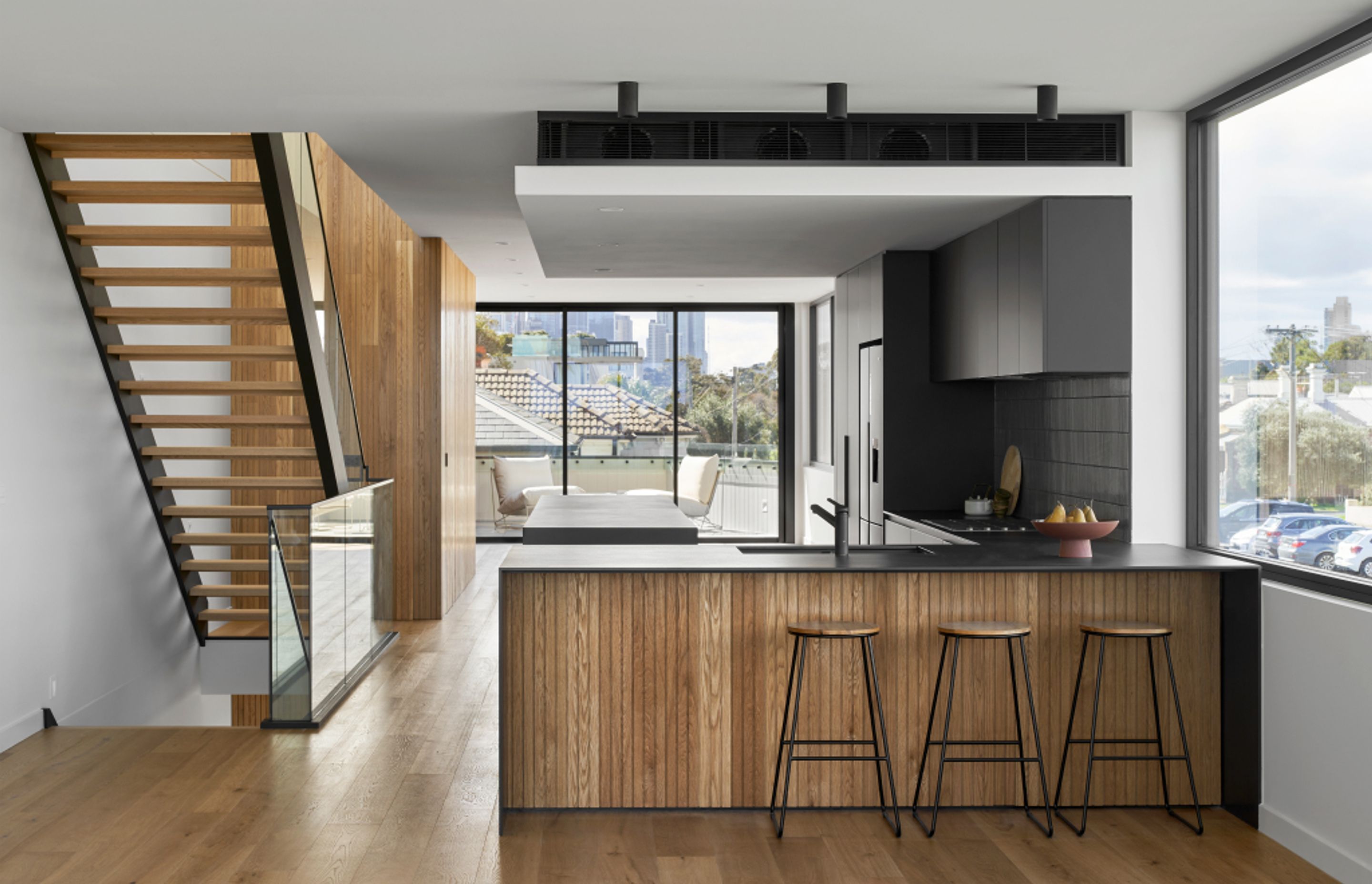Build your dream home: A Step-By-Step Guide

Building a custom home is an exciting and rewarding experience, but it can also be overwhelming. With so many decisions to make and steps to follow, it’s easy to get lost in the process. That’s why we’ve put together this guide to help you navigate the 10 essential steps to building your dream home.

ONE: Research and choose a reputable custom home builder
This is a crucial step in the process as you will be working closely with the builder for several months. Look for builders with a proven track record of building high-quality homes and a good reputation within the community. Ask for references from previous customers and check the builder’s credentials and certifications. It’s also important to make sure the builder is licensed and insured.
TWO: Have a budget and a surplus for variations
Before beginning the building process, it’s important to have a clear idea of how much you can afford to spend on your new home, but also to be prepared for variations that may arise during the process. Your builder should work with your budget to help generate a quotation for the works required. A surplus for variations is also important, as unforeseen changes or additions may occur during the building process. A good builder will help you breakdown the costs of the project in their quotation, and help you understand how to plan for any variations that may arise.
THREE: Review and approve the builder’s contract and warranty
Before signing a contract with a builder, review it carefully to ensure that it includes all of the terms and conditions of the building process, including a detailed description of the work to be done, timelines, payment schedule, and warranty information. Make sure that you understand the contract and are comfortable with the terms before signing. The warranty is also important, as it protects you from any defects or issues that may arise after the construction is completed.
FOUR: Choose and finalize all materials and finishes for your home
This step involves selecting all of the materials and finishes that will be used in the construction of your home. This includes items such as flooring, cabinetry, countertops, appliances, and more. It’s important to finalize all selections before construction begins, to avoid delays and additional costs. You can hire an interior stylist or designer to assist with the selection process, they will help you select the best materials and finishes to suit your taste and budget.
FIVE: Obtain all necessary permits and approvals
Before construction can begin, you’ll need to obtain all necessary permits and approvals from local and state authorities. The builder should be able to assist you in this process, but it’s important to understand the requirements and timelines for obtaining these approvals.

SIX: Communicate your needs and expectations clearly with the builder
It’s important to have clear and open communication with your builder throughout the construction process. Make sure to discuss any concerns or questions you have with the builder and keep them updated on any changes or revisions to the plan.
SEVEN: Schedule regular meetings with the builder to review progress
Regular meetings with the builder will help ensure that the construction is progressing on schedule and that any issues are addressed in a timely manner. This is also a good opportunity to review the progress of the work and make any necessary changes.
EIGHT: Understand and comply with all local zoning laws and building codes
Every location has its own set of zoning laws and building codes, and it’s important to understand and comply with these laws and codes during the construction process. The builder should be familiar with these laws and codes, but it’s important to confirm this and ask any questions you may have.
NINE: Take out appropriate insurance coverage for your new home
It’s important to have insurance coverage for your new home to protect against any damage or loss during the construction process. Your builder may have their own insurance, but you should also consider taking out additional coverage for your own protection.
TEN: Be prepared to make decisions and changes throughout the building process
Building a custom home is a complex process that requires many decisions to be made along the way. Be prepared to make decisions and changes as needed, and understand that there may be unexpected challenges or delays that arise during the construction process.

Building a custom home is a big undertaking, but by following these 10 steps, you can ensure that the process goes as smoothly as possible. With a budget in place, the right builder and team, and a solid plan, you’ll be well on your way to building your dream home. Remember to stay organized, communicate effectively with your builder, architect & interior designer and most importantly, enjoy the process! Building a home is a big accomplishment and with the right steps, it can be an enjoyable experience.
If you’re ready to start the conversation today, we offer obligation free consultations. Simply send us a message via the Contact button and we will be in touch to help you navigate your build.
